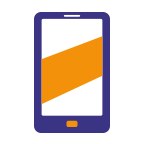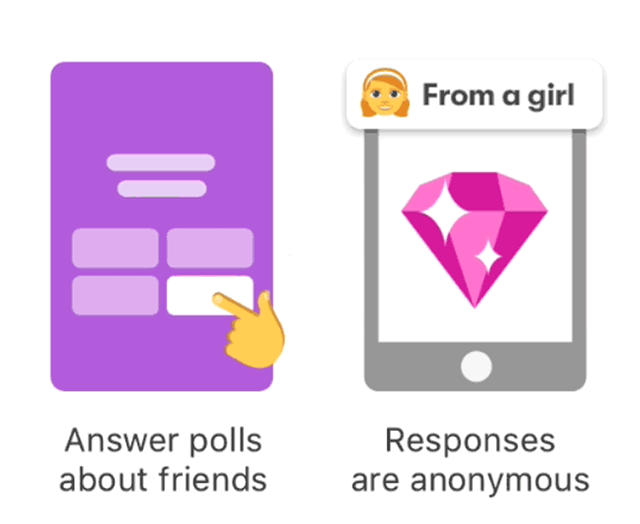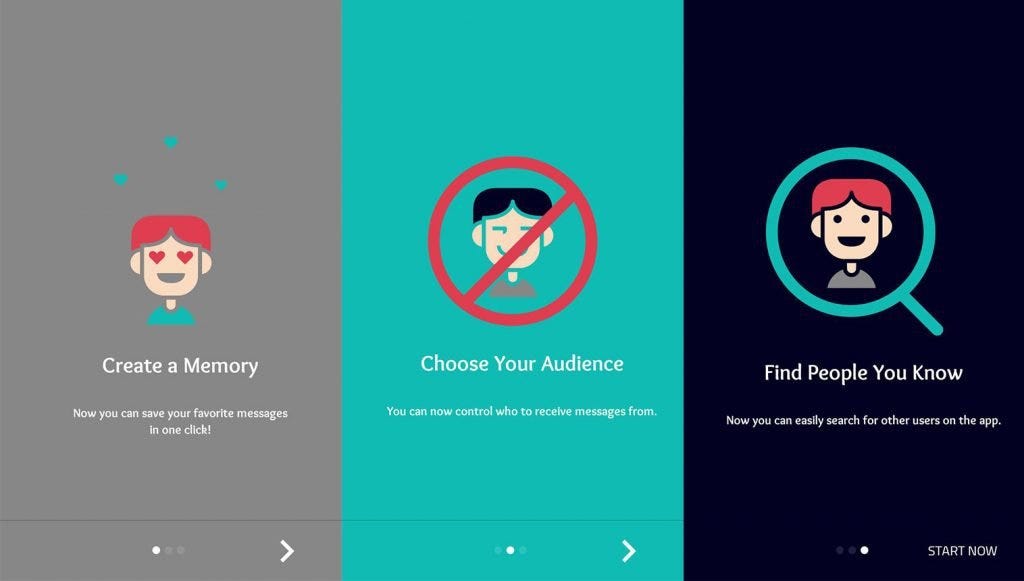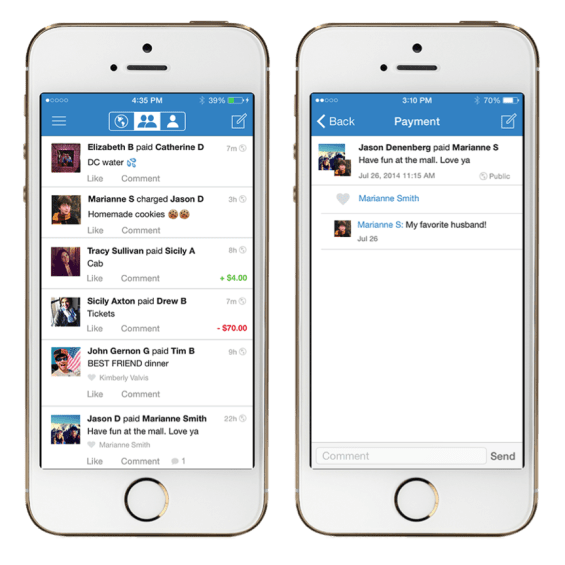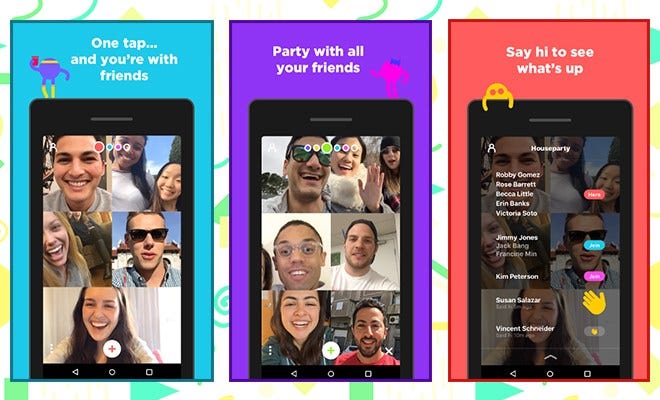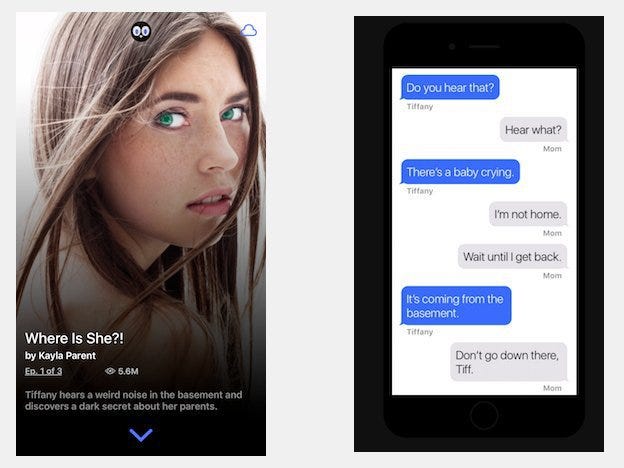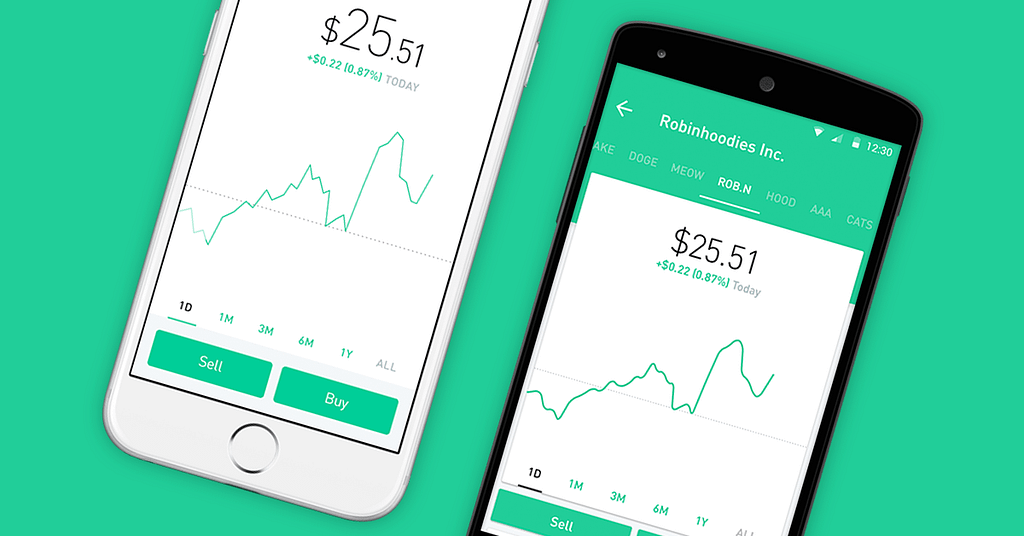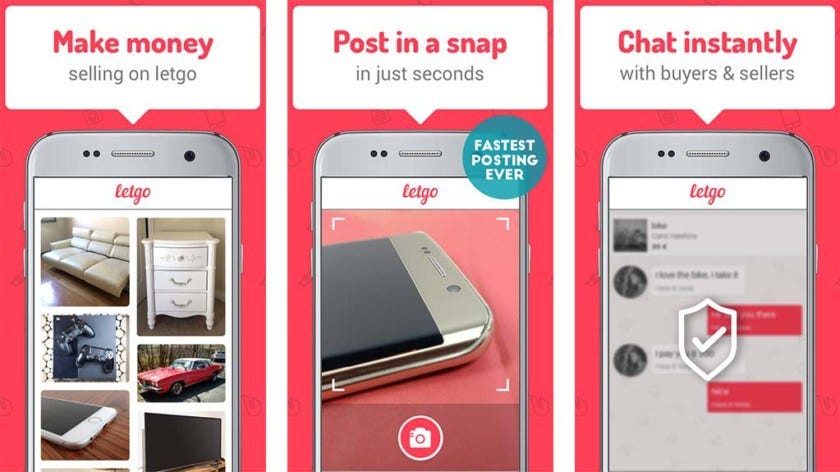Latest news about Bitcoin and all cryptocurrencies. Your daily crypto news habit.

I’ve recently investigated what apps were trending in 2017 for the purpose of our report. I wanted to see whether there any trends that can tell us a little bit about where the mobile market is headed.
I’ve spotted a very strong connection among the apps that soared in the AppStore rankings in 2017. A great majority of them owe their popularity to teens and young people.
Now let’s consider that the oldest Millennials are now already 37. It’s quite a lot in the fast-changing, constantly evolving digital world. From the tech point of view, Millenials will be soon like dinosaurs from a prehistoric era. But there’s a new population segment coming into the spotlight — and they are called the Generation Z.
Who are Generation Z (also called Gen Z and iGen)?
Generation Z is the demographic cohort after the Millennials. These are the people born between 1995 and 2010. This means that the oldest people from this demographic segment are around 23 years old and the youngest… well, they’re only kids. But don’t underestimate them, especially if you’re in the app business. Generation Z is becoming the driving force behind the mobile market.
The bad news is that there is not much research about Generation Z — seems like everybody is still focusing on Millennials (who are the most extensively researched group up to date). But by combining all available data and our own research, we can deduct a couple of important things that are relevant to the mobile app market.
Why Generation Z is an important target group for mobile apps?
- They are early adopters willing to try new things
2. They are digital natives who love technology and all things mobile
3. They are the single largest media audience segment accounting for 26% of all people in the U.S.
4. They are the dominant group of smartphone users (people aged 19–21)
What to consider when developing an app for Generation Z? To answer that question, I’m going to combine the general research on Gen Z with our report on trending apps and the mobile market.
Teens prefer anonymity over more permanent identities
Facebook is one of the most recognized apps, but teens hate it. 25% of teens between 13–17 years left Facebook in 2014. This is because everything teens post on Facebook has an impact on creating their identity and they don’t want to make that connection. They want media that will allow them to share anything without repercussions. Since they are very conscious about leaving any digital footprint (only 21% would be comfortable sharing personal life information), they favour incognito media such as Snapchat, which allows them to privately share their thoughts and experiences with peers. Even though teens share a lot more stuff than an average person, they protect certain information from the public.
App examples
There are cases where teens adapt popular apps to their needs to increase their privacy. Take for example Instagram. Even though teens have their main Instagram accounts (called Rinstagrams), they also have Finstarams (also known as Finsta). Finsta are set up in addition to the main accounts, but remain private. The access is granted only to a small number of people who are the closest circle of friends. There teens can posts their ugly selfies, embarrassing photos, personal stories and anything they wouldn’t like the public audience to see.
In the face of these facts, it isn’t surprising that one of the most trending apps in 2017 identified in our report — TBH, Sarahah and Polly — are anonymous apps that offer something other social-media networks such as Facebook don’t have — a level of privacy that allows teens to stay connected with other peers, but at the same time disconnected from their identity (since no one knows who they are). Going incognito online helps teens express themselves in ways they might not be able to in the real world.
Generation Z wants to stay connected
Remember when I said teens hate Facebook? Even though they are annoyed by it, still a great majority continues to use it since it’s an important medium to socialize with friends and peers. Friendships are the most important thing in the life of a teen, regardless of the generation. Adolescence is a period of life where we search for a sense of belonging, acceptance and peer group membership. Nowadays, teens spend most of their time online in private communication with people they interact with outside the Internet on a regular basis. For Generation Z, the boundaries between online and offline life blend.
App examples
Let’s take another example from our report on trending apps. Venmo is a financial app — it allows users to send peer-to-peer payments. But Venmo has a newsfeed that is like great social network, where you can peek at who is spending money together and on what. Payments include hilarious jokes and silly emojis, making it fun and social. This social aspect was a secret sauce that made Venmo one of the most popular apps in 2017. On the top of that, Venmo feels far more private than any other social platform, since you can edit the default audience that gets to see your transactions (remember the previous point about privacy?).
And the before-mentioned apps (Sarahah, Polly, TBH) are all social networking apps too. Besides, number #1 education app in AppStore is — not surprisingly at all — a communication platform that brings the school communities together.
Not to mention the Houseparty app that got so popular among teens that even Facebook decided to investigate the cause of its fame and subsequently rolled out a similar app. Houseparty is very appealing to teens because it allows them to casually hang out with friends over video-enabled connections (47% of all teens surveyed said that they talk with friends over video tools.) It also has a certain aspect of FOMO (fear of missing out) — users get notified if their friends are video chatting without them, so that they can join the conversation.
Teens communicate with speed, using emoticons, images and symbols
They text… a lot. Text messaging is more popular than ever amongst teens, with nine out of ten saying they use text, either directly through their phone or through an app or website. A typical teen sends and receives 30 texts a day. They also extensively use emojis, gifs, stickers, abbreviations and images.
App examples
Snapchat has gained attraction in Generation Z because sending videos and pictures is much faster than regular messaging. However, if you want an app that will catch like wife among teens, it doesn’t necessarily mean you have to go for social networking apps. Take for example Hooked and Yarn from our report about trending apps. These apps are digital book alternatives that present stories as a mobile-first experience. Every Yarn and Hooked story is told as if you were watching someone else’s text messages. Developers of these apps used young people’s behavior patterns and turned them into the app’s success factor.
Generation Z are digital natives who are intolerant of technical glitches
In January 2017, IBM and the National Retail Foundation released a report titled Uniquely Generation Z: What Brands Should Know About Today’s Youngest Consumers. They surveyed over 15,000 Gen Z individuals between the ages of 13 and 21 gathered some important information that might be crucial for the app business owners:
If your app doesn’t meet the highest quality standards, Gen Z will be unforgivable and uninstall it without hesitation. The IBM report found that 62% of teens will not use an app that is difficult to navigate and 60% will not use it if it’s slow to load.
Generation Z are the first truly “mobile-first” customers. While Millennials adopted mobile, today’s teens were born when smartphones were already widely used. This is why they seamlessly move between physical and digital worlds and expect the top technical performance. Error-prone apps have no place in the teens’ smartphones.
App examples
One of the highly popular apps in our report is the Robinhood app. It handles viewing, buying and selling stocks. The app is a true masterpiece — it makes trading stocks as easy as ordering pizza online. This is due to the smooth onboarding experience that takes a user through the app’s core features, quick navigation by swipe gestures, bold design, animated transitions and typography. It’s no surprise that the app was awarded the 2016 Google Play Award for excellence in design. Robinhood offers the highest quality standards and seamless experience.
Gen Z are conscious about money
Not only do they try to stay debt-free, they often start saving money at a very young age. You would be surprised that many young people (specifically 21%) have savings account even before they turn 10 years old. In other words, they start getting smart about finances at a young age. 83% of teens are currently saving money. They’re also very entrepreneurial and expect money from multiple sources, many of them making money online. One third has installed a banking app — after all, Gen Z is growing up in a cashless society.
App examples
In our report, a very high percentage of apps have a financial aspect, making them an interesting product for young people:
- Robinhood App — an app that allows for quick buying and selling of stocks. The average age of Robinhood users is just 26!
- Venmo and CashApp — these apps offer peer-to-peer, or p2p payment systems with revolutionary potential,
- Penny finder — apps that are centred around couponing and searching for deals are extremely popular too,
- OfferUp and letgo — apps for selling and buying used, second hand or pre-owned products also have a special place in the hearts of the teens. It’s a super-simple way for teens to hustle and earn some extra cash.
Here’s a couple of additional tips for developing a mobile product for Generation Z:
Tip #1:
Give your young users control over the content they share and who gets to see it. Be transparent about how their personal data will be stored and used.
Tip #2:
Teens want to stay connected online with friends and peers from the offline world. Give your app a social aspect.
Tip #3:
Learn everything about your target group. What are their concerns, frustrations, fears, aspirations? What does their typical day look like? How do they spend money? What do they do in free time? How do they use technology? Only by knowing your target user, you can deliver a successful app.
Tip #4:
Gen Z like their communication fast and visual. Ensure your message is attention-grabbing and they can quickly comprehend it. This also means bold design, great UX and engaging animations and transitions.
Tip #5:
Your app should be easy to navigate and work fast. Ensure the code quality is good and test your app to spot any bugs and issues early on. Constantly work to improve your app to deliver the best experience possible.
Is there anything you would add to the list? Let me know in the comments!
How to Win Generation Z (iGen) with a Mobile App was originally published in Hacker Noon on Medium, where people are continuing the conversation by highlighting and responding to this story.
Disclaimer
The views and opinions expressed in this article are solely those of the authors and do not reflect the views of Bitcoin Insider. Every investment and trading move involves risk - this is especially true for cryptocurrencies given their volatility. We strongly advise our readers to conduct their own research when making a decision.



